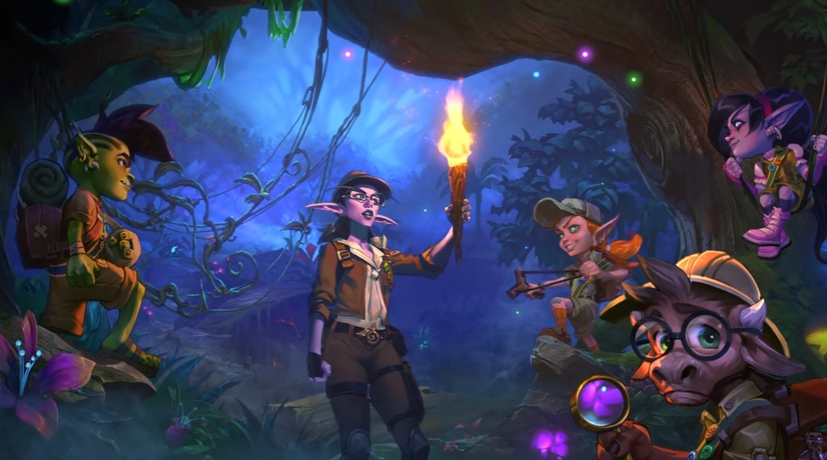Hearthstone is the Best it’s Ever Been, but is that Good Enough?
- Stack Up
- Apr 22, 2017
- 2 min read
It’s only been a little over two weeks since we’ve journeyed to Un’Goro, and things are already looking good. Decks of old that dominated (for the most part) have been reigned in, while new deck archetypes have sprung up. Pick literally any class in Hearthstone, and there’s a good, viable, and in many instances affordable deck archetype to sink time into. Priest was a laughingstock as recently as nine months ago, and now has several archetypes that are all performing well. Shamans could do no wrong less than a month ago, and while there are still plenty of options you can take with Shaman, it’s far from the top-performing archetype. A lot of things have changed in Hearthstone in a very short amount of time, but there are still some crucial shortcomings in certain areas.
Hearthstone is both a video game and collectible card game, and this leads to a bit of a balancing act on Blizzard’s end. Compare Hearthstone to the most obvious *other* in the card game space, Magic the Gathering, and you have a much cheaper experience. To get one, competitive, Standard deck in Magic, you’ll be spending well over $150. The catch is that you can resell that deck at a later time, and you’ll potentially have rarer cards that could get more of your money back. Compare that to Hearthstone, wherein a $50 bulk-pack, odds are you’ll have a lot of room to work with. Between getting the cards you want and dusting the ones you don’t (or duplicate), you’ll have the resources to at least make one solid archetype. It’s not the most well-tuned implementation of rarity, but it’s something that isn’t likely to change in the future.

Deconstructing Hearthstone is a matter of recognizing balances. “Zoo” and “Aggro” decks that focus on cheap, inexpensive minions can’t be the end-all, be-all because that would mean a lot less money being spent on packs. At the same time, “Control” decks that have lots of defensive tools and legendary minions can’t be the norm, either. Make the best decks too reliant on expensive cards, and you’ll completely alienate a significant part of the audience. With no adventures to guarantee the audience as a whole will get certain legendaries, this balance got a lot harder to maintain. It wasn’t too difficult to get Emperor Thaurissan way back when, but getting a staple legendary like Edwin VanCleef will take a significant amount of time and/or dust.
That doesn’t quite sit well with a traditional video game audience, however. They’re used to getting Overwatch from $40-$60 and having the whole damn thing. Not every $50 Hearthstone expenditure will be the same. You could get three legendaries and some epics, or you may get one, and a stinker at that. The randomness of Hearthstone’s card-collecting is a financial cornerstone of the entire game. We as a player base have to recognize that Blizzard’s a business, so this method of collecting cards won’t be diminishing anytime soon. That doesn’t mean we can’t hold their feet to the fire when it’s called for – we just need to properly recognize when it’s called for. And no, that doesn’t mean “nerf Quest Rogue.”

Ultimately, Hearthstone’s in a very good place with generally positive accolades. The Journey to Un’Goro metagame doesn’t look to be as stale as what Mean Streets of Gadgetzan turned into, and we’re only a few weeks into the Year of the Mammoth. With two expansions slated for the remainder of 2017, this year will see Hearthstone continue to grow. New modes, new mechanics, new viewing methods, these are all essential. We’ve seen them tinker with Fireside Gatherings, their social, “in real life” prerogative to make Hearthstone a more intimate experience. Let’s hope that’s just the beginning.

Comments